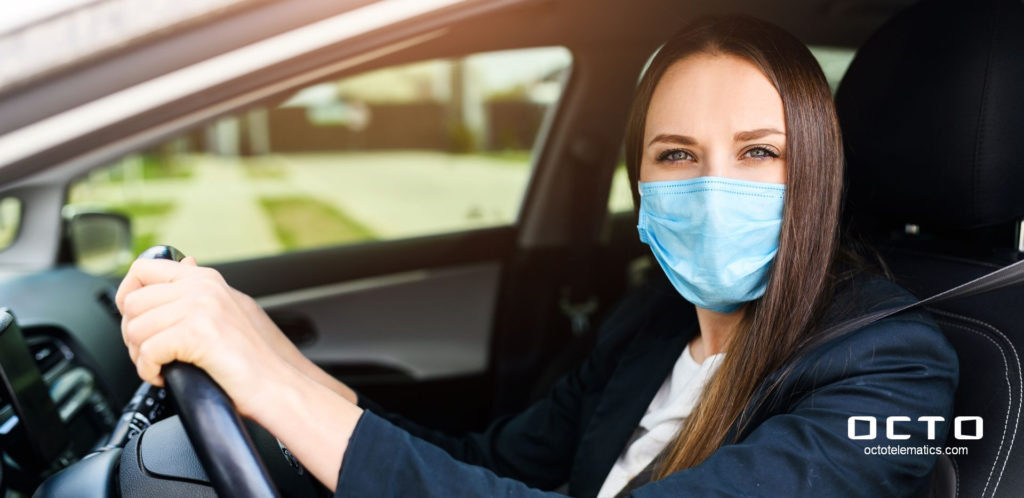
Nowadays sanitisation is essential, all the more so when it comes to shared vehicles. On top of that, the use of physical keys – by driver and by service providers – can and should be avoided. This is how fleet managers can ensure employees benefit from maximum protection.
Fleets rely on flexible mobility solutions, such as short-term rental and shared cars. When travelling – even if we do less frequently so – the use of taxis is sometimes unavoidable. That is why a clean and sanitised environment as well as a minimum of contact are essential to ensure a maximum level of health safety.
Because corporates usually turn to third parties for these types of flexible mobility, it is important to ensure these parties have solutions in place that keep risks at a minimum level while increasing user comfort, convenience and confidence. The latest innovation on the market provides just that.
Vehicle sanitation
Cleaning a vehicle’s contact surfaces after each use is essential, but fleet managers should be at least as concerned about air sanitation. A key technology in this respect is photocatalytic oxidation. Volatile organic compounds, like bacteria, fungi, odours and viruses, are neutralised by UV rays together with a titanium oxide coated filter. This technology is both effective and harmless and stems from a NASA patent released on public domain.
There are sanitation devices on the market that can be powered by a common 12-volt supply (such as a car cigarette lighter), making them highly compatible with all types of vehicles and quick to install. Lots of products are out there, but it is important to verify their credentials and certification. One device that is well worth considering is OCTOPurifier. The added value of the latter is that it is connected with a telematics device and can therefore be monitored remotely through an app, which clearly communicates to drivers and passengers that levels of sanitisation inside the vehicle are safe.
Avoiding contact
Another measure to avoid contamination is of course to keep contact points to a strict minimum. A solution that helps to achieve this is keyless vehicle entry and start. You basically use your smartphone instead of the physical vehicle key. Today, some OEMs, including Audi, BMW, Mercedes-Benz and Volvo, already offer this technology, but it is only available to the person who is connected to the vehicle – usually the owner or the employee that uses it as a company car – and their designated family members.
It makes sense to widen the scope of this keyless technology to all parties involved in the vehicle service chain. Fortunately, this is possible thanks to telematics. The person that needs to open and drive the vehicle – whether it is an employee, a service technician or other people that handle the car – can use their personal smartphone, to which a digital key is sent by the vehicle operator. Such is the case with OCTO Smart KeyLess. The feature is also fully compatible with a number of other OCTO solutions and enables all features of OCTO Insurance Telematics and Fleet Telematics solutions.
This digital key can be replicated to multiple parties (e.g. other users, service centres, repairers) that need safe contactless access to the vehicle. Thanks to the OBDII/EOBD port, the device enabling remote keyless unlocking can be installed and deinstalled in a very short time in a wide variety of vehicles. It also enables the integration with telematics platforms, adding value in terms of vehicle monitoring, compliance, efficiency, and so forth.
Once again, connected devices and telematics show their added value in today’s challenging times, which spawn innovation that makes a difference and facilitates the key economic driver that is mobility.
Author: Dieter Quartier, Fleet Europe